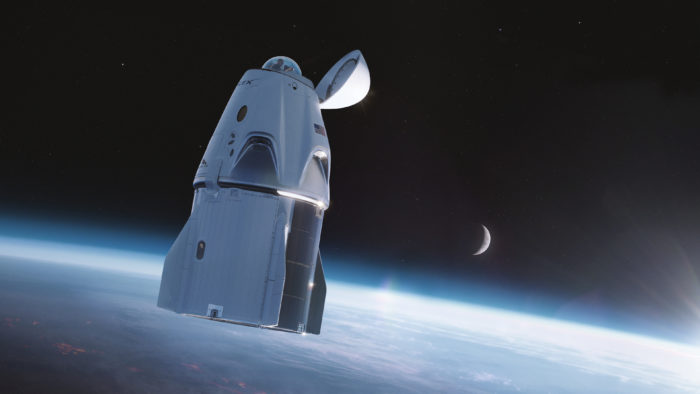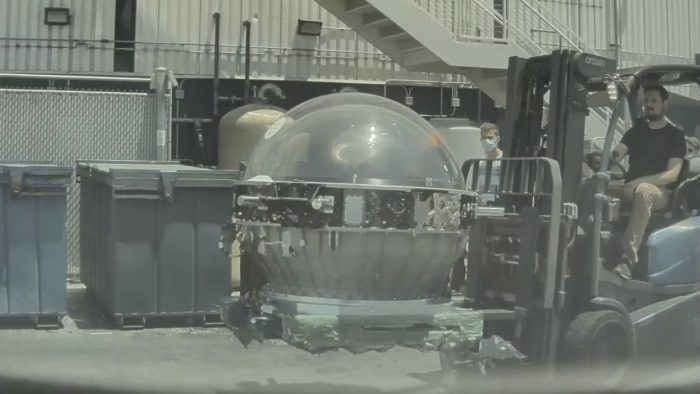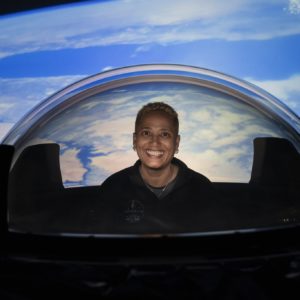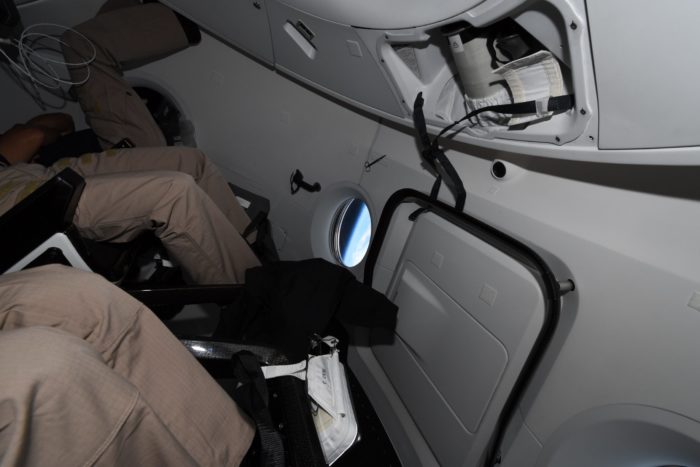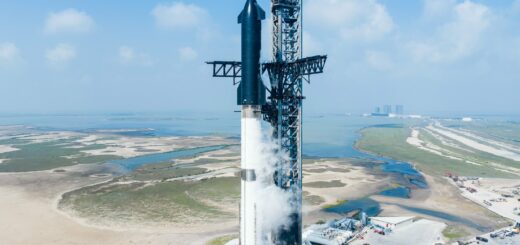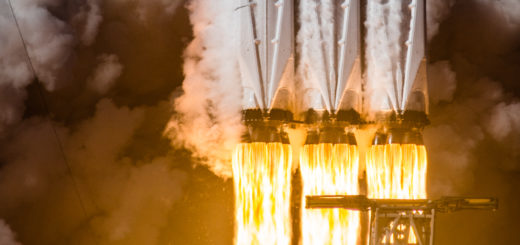What have we learned so far about Crew Dragon’s cupola, the largest window to ever fly to space
In less than two weeks, the ground-breaking Inspiration4 mission is scheduled to launch a Crew Dragon spacecraft into orbit with four crew members, none of whom are professional astronauts. You can read more about the crew and the mission itself here or here but today, I’ll be focusing on just one small aspect of this highly-anticipated trip to space. Crew Dragon for this mission is equipped with a glass cupola to give the crew the best possible view during their three-day stay in Earth orbit. Now that official photos of the cupola have been released, let’s talk about what we know about the largest window to ever be flown to space.
We first learned about the cupola this spring when SpaceX released a rendering of the modified Crew Dragon “Resilience” spacecraft for the Inspiration4 mission. Jared Isaacman, the mission’s commander, has recently revealed that the cupola was just an idea on paper at the time, but it took only 6 months to make the concept a reality. It will be the largest window to have ever flown to space with SpaceX surpassing Blue Origin’s New Shepard suborbital spacecraft in this regard. The cupola on Dragon is even big enough for two people at once. The following photo shows what the dome looked like before installation. You can see it’s made of two layers.
SpaceX calls the cupola “glass”, but Elon Musk confirmed that it is actually acrylic glass, also known as plexiglass. The cupola is hidden under the Dragon’s nose cone during launch, which is opened once on orbit. Normally, under the nose cone there is a docking port, four Draco thrusters and a star tracker for navigation. But the Crew Dragon Resilience will not need a docking port on the Inspiration4 mission, as it will not be docking to the International Space Station and will spend the entire three days just free-flying in orbit at an altitude of about 590 km above Earth’s surface. So SpaceX simply replaced the docking port with the cupola to provide a much better view to the crew of space tourists. This way they don’t have to rely only on a few small window in the cabin.
- Jared Isaacman, Inspiration4 crew member, inside the cupola (Credit: @Inspiration4)
- Hayley Arceneaux, Inspiration4 crew member, inside the cupola (Credit: @Inspiration4)
- Dr. Sian Proctor, Inspiration4 crew member, inside the cupola (Credit: @Inspiration4)
- Chris Sembroski, Inspiration4 crew member, inside the cupola (Credit: @Inspiration4)
The interior of the ship is separated from the cupola by a forward hatch, which is also present on other Dragon variants. However, according to Dr. Sian Proctor, one of the crew members, the hatch won’t be always open so the cupola will be accessible only during certain portions of the 3-day flight. In the photos of the Inspiration4 crew members inside the dome, you can also notice four black “petals” which might be there to protect the cupola when Draco thrusters are firing nearby. Jared Isaacman has also hinted that Dragon may be equipped with an external camera that could provide breathtaking shots of the astronauts in the cupola with Earth in the background during flight. It is speculated that the camera could be placed inside the nose cone.
The last interesting thing is that the cupola is located in the same part of the Dragon as the toilet, which has some advantages. Jared Isaacman described to Insider how it would work: “It’s not a ton of privacy. But you do have this kind of privacy curtain that cuts across the top of the spacecraft, so you can kind of separate yourself from everyone else. And that also happens to be where the glass cupola is. So, you know, when people do inevitably have to use the bathroom, they’re going to have one hell of a view.”
This will be the second spaceflight for Crew Dragon Resilience, following last year’s Crew-1 mission, which saw professional astronauts spend six months on the International Space Station (ISS). The ship returned to Earth this May and is expected to launch again on September 15, just 4 months after its return from space. This will mark the fastest Dragon reuse so far. And since Resilience is now equipped with the cupola, it’s probably safe to assume that this particular Dragon will from now on be used primarily for tourist missions that do not visit the ISS. That way, the cupola and the docking port won’t have to be constantly swapped back and forth between launches. For missions to the ISS, SpaceX can then use Crew Dragons Endeavour and C210, the latter of which won’t debut until the fall as part of the Crew-3 mission, so it hasn’t been given a nickname yet.



